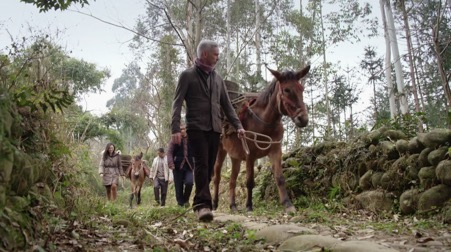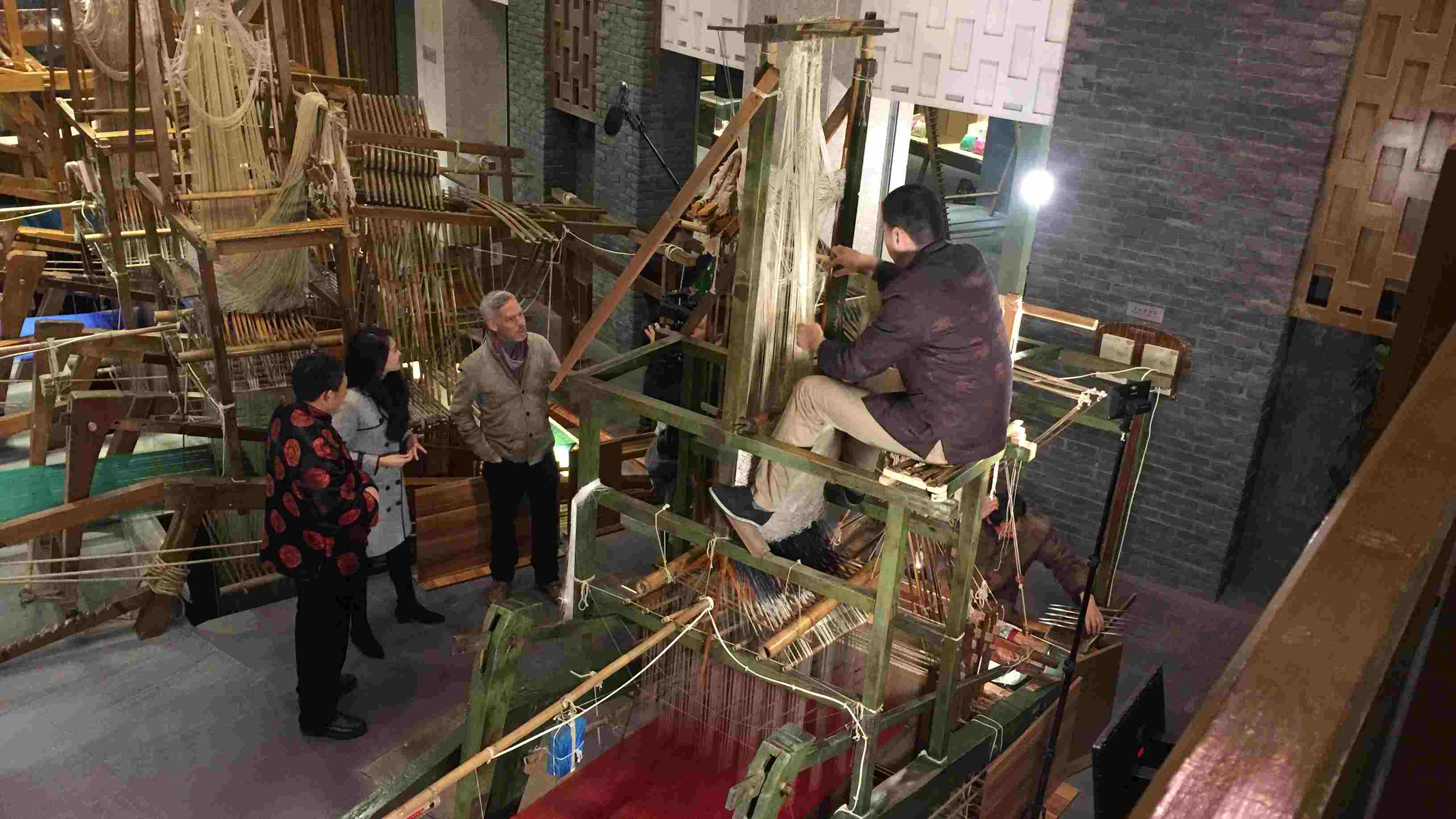
Business
12:48, 08-Sep-2018
The Silk Railroad: Trades of the Past
Updated
12:16, 11-Sep-2018
By CGTN's Debra Lee, Tan Peilin, Yan Zixin
06:17

The Qin-Han pathway, two hours' drive from Chengdu, was part of the ancient Silk Road – a complex web of trails that stretched from China through Eurasia and onto places like Rome and beyond. This path was one of many that traders used to travel west to south Asia, or northwest to central Asia and from there to Europe, exchanging silk, porcelain, and tea for spices and exotic fruits.CGTN Photo
About one kilometer away from the pathway lies the ancient town of Ping Le. 2,000 years ago, it was a market town where goods came and went, and where traders could stop to replenish their supplies, and exchange advice on the dangers ahead.
How the ancient Silk Road worked was that no single trader ever did the entire route, they would travel a little and they'd stop and exchange goods. And that is similar to how the modern railway system works. It was quite an efficient way to get things around, but a complicated process too. It took a lot of time to set up, but that was what traders are prepared to do to cater for people's desires.

CGTN Photo
CGTN Photo
And there was something in Chengdu that, regardless of its remoteness, traders were willing to risk life and limb to get, something as valuable as gold: Shu brocade.
Shu brocade is one of the oldest known embroidery styles in China. It was introduced to central Asia and Rome about 2,000 years ago through the Silk Road and became hugely popular.

CGTN photo
CGTN photo
On some brocades, there is evidence of the Chinese changing their artistic traditions. For many centuries before trade opened up through the Silk Road, the Chinese just depicted fantasy animals. But on one brocade, they're depicting animals from the real world, such as an elephant with some Arabic writing. It is a clear example of ideas and goods moving up and down the Silk Road.

SITEMAP
Copyright © 2018 CGTN. Beijing ICP prepared NO.16065310-3
Copyright © 2018 CGTN. Beijing ICP prepared NO.16065310-3